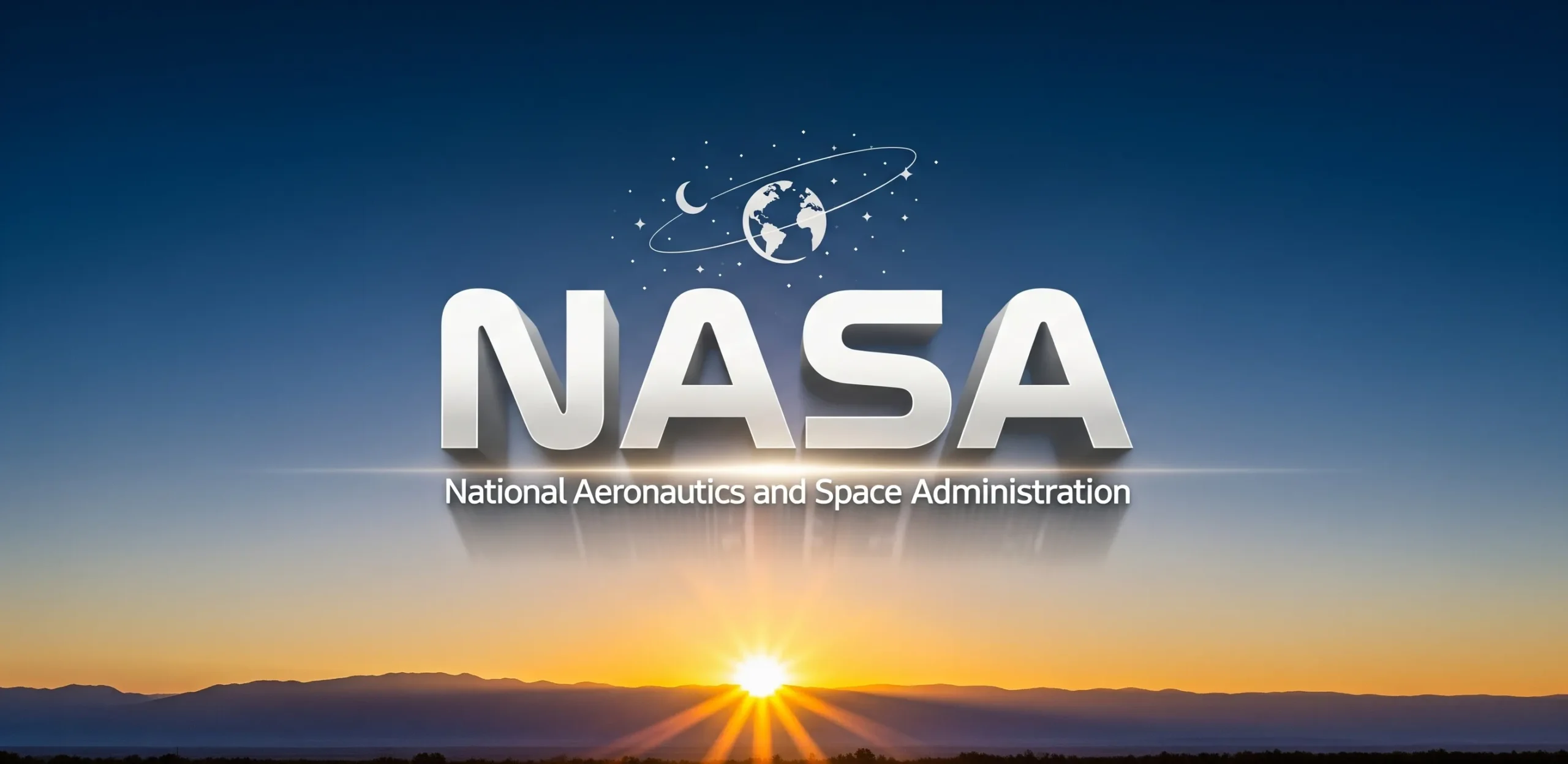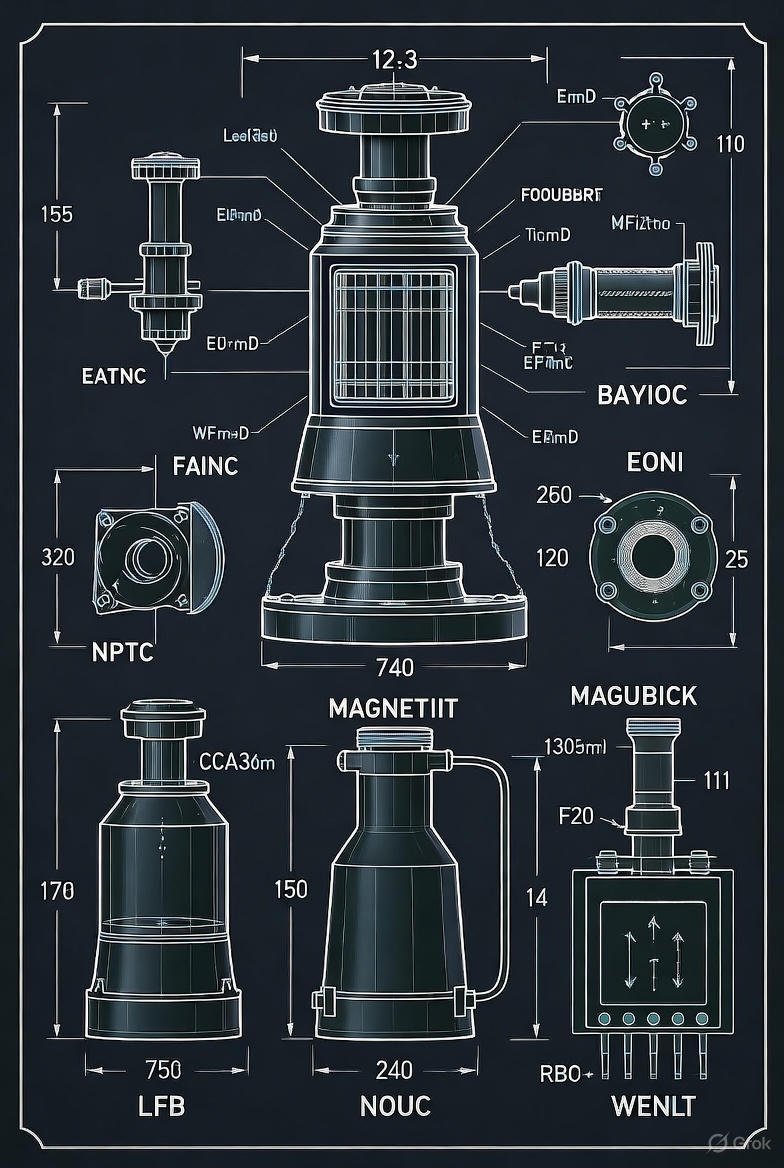NASA full Form
Table of Contents
The NASA full Form is the National Aeronautics and Space Administration.
Date: August 8, 2025
Article Headlines (Choose One):
- NASA’s Full Form Is Just the Beginning: What’s This Space Agency All About?
- Spill the Tea: What Does NASA Actually Stand For (And Do)?
- Beyond the Acronym: Your Ultimate Guide to NASA’s Full Form and Epic Mission
- NASA Unpacked: From Full Form to Future Frontiers
What Does NASA Stand For? Hint: It’s More Than Just Rocket Science 🚀
Ever seen that iconic blue and red logo and wondered, “What’s the full story behind NASA?” You’re not alone. We throw the name around when we talk about aliens, Mars rovers, or astronauts floating in space, but what does it actually mean? Let’s get right to it: NASA stands for the National Aeronautics and Space Administration.
But honestly, knowing the full form is like just knowing the title of a banger album. It doesn’t tell you about the fire tracks inside. So, let’s dive deep into what NASA is, what they do, and why they’re still the GOATs of space exploration.
So, What Exactly IS NASA? More Than Just a Name
At its core, NASA is an independent agency of the U.S. federal government. Think of it as America’s dedicated team for all things space and sky. Their job description is pretty epic: explore space, push the boundaries of aviation technology, and advance scientific knowledge for the benefit of all humanity. No biggie, right?
They are the masterminds behind some of the most mind-blowing achievements in human history. From putting the first humans on the Moon to sending rovers to Mars that are basically space photographers, NASA is all about answering the big questions: Are we alone? What’s out there? And how can we use space tech to make life better down here on Earth?
Their work is split into a few key areas:
- Aeronautics: Making planes fly faster, safer, and greener.
- Human Exploration: Sending astronauts to places like the International Space Station (ISS) and, soon, back to the Moon and beyond.
- Science: Using telescopes, probes, and satellites to study our planet, the solar system, and the universe.
- Space Technology: Inventing the cool new gadgets needed to make all of the above happen.
From Cold War Roots to Cosmic Beats: A Quick NASA History
NASA wasn’t just born out of a love for the stars. It was a product of the Space Race – a classic case of Cold War rivalry between the United States and the Soviet Union.
Back in 1957, the Soviets dropped a bombshell by launching Sputnik 1, the world’s first artificial satellite. America was shook. To catch up and flex its own technological muscle, the U.S. government established NASA in 1958, signed into existence by President Dwight D. Eisenhower.
They hit the ground running, launching projects that quickly became legendary:
- Project Mercury (1958-1963): The goal was simple but terrifying: put a human into orbit. Alan Shepard became the first American in space in 1961.
- Project Gemini (1961-1966): This was the practice round for the Moon mission, testing out spacewalks and how to dock two spacecraft together.
- Project Apollo (1961-1972): The main event. This is the one that famously landed Neil Armstrong and Buzz Aldrin on the Moon in 1969 with the iconic words, “That’s one small step for [a] man, one giant leap for mankind.” Talk about a mic drop moment.
NASA’s Greatest Hits: Chart-Topping Missions
Since the Apollo era, NASA hasn’t exactly been chilling. They’ve been consistently dropping hit after hit. Here are just a few of their chart-toppers that totally changed the game:
- The Space Shuttle Program (1981-2011): These reusable spacecraft were the workhorses of space, deploying satellites, building the ISS, and carrying out countless experiments.
- The Hubble Space Telescope (Launched 1990): This thing is basically a cosmic paparazzi, snapping insane photos of distant galaxies, nebulae, and stars. The images from Hubble have literally redefined our view of the universe.
- The Mars Rovers (Sojourner, Spirit, Opportunity, Curiosity, Perseverance): A fleet of robotic explorers sent to the Red Planet. They’ve discovered evidence of ancient water, analyzed rocks, and are hunting for signs of past life. Perseverance even has a little helicopter sidekick named Ingenuity!
- The James Webb Space Telescope (Launched 2021): The new kid on the block and Hubble’s successor. It sees the universe in infrared, allowing it to peer back to the dawn of time and study the atmospheres of distant exoplanets. It’s already delivering jaw-dropping discoveries.
What’s NASA Cooking Up Now?
NASA’s work is far from over. They’re leveling up with some seriously ambitious plans for the future. The Artemis program is their current flagship mission, aiming to land the first woman and the first person of color on the Moon. This isn’t just a repeat of Apollo; the goal is to establish a sustainable presence on the lunar surface as a stepping stone for the next giant leap: sending astronauts to Mars.
Beyond that, they’re continuing to monitor Earth’s climate, search for habitable planets, and develop cutting-edge tech that benefits us all—from memory foam and water purifiers to the software in your smartphone.
Conclusion: More Than an Acronym
So, while the NASA full form is the National Aeronautics and Space Administration, its true meaning is so much bigger. It represents human curiosity, our relentless drive to explore the unknown, and our ability to achieve the impossible when we work together. It’s a symbol of hope, innovation, and the endless possibilities that lie beyond our sky.







